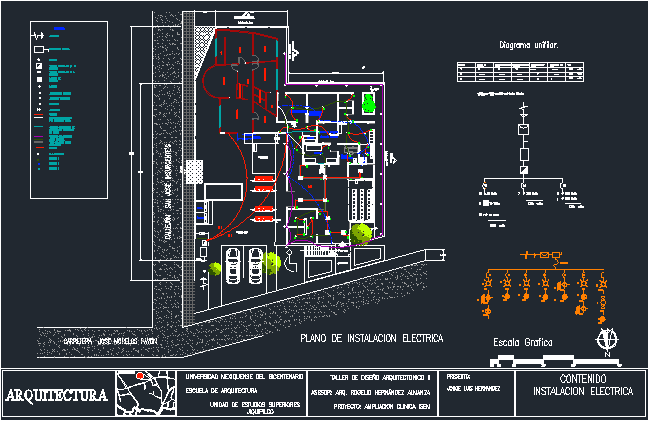

The annual cost of joining a Competent Person Scheme should be negligible when spread over the number of jobs undertaken during the year.īack to top Local authorities will require more resources to cope with the extra work - where will these come from? Examples include adding a lighting or power point to an existing circuit, adding a spur to an existing circuit or replacing a light fitting.īack to top How will compliance with Part P be enforced?įailure to comply with the Building Regulations is a criminal offence and local authorities have the power to require the removal or alteration of work that does not comply with the requirements.īack to top What extra costs will be imposed on electricians? Some minor electrical work will not be notifiable (see above).

Some DIY work will require the submission of a building notice to the local authority and the payment of a building control fee. Part P will apply to all electrical work in dwellings, whether carried out by professionals or DIYers. Or where there is no bath tub or shower tray from the centre point of the shower head where it is attached to the wall or ceiling to a distance of 1.2 metres.īack to top How will Part P apply to DIY work?
#Building electrical installation full
In general, notification will need to be given to, or full plans deposited with, a building control body only if the work is major involving one or more complete new circuits, and is not being carried out by an electrical contractor registered with an authorised competent person self-certification or third-party self-certification scheme.īack to top What types of electrical work are notifiable? (See What types of electrical work are notifiable?)īack to top Will all electrical work need Building Regulations approval? Notifiable work also includes additions to existing circuits in special locations. Notifiable work includes new installations, house re-wires, and the installation of new circuits. Part P applies to electrical installations that operate at voltages not exceeding 1000 V a.c. Part P applies to parts of electrical installations located on land around dwellings such as garden lighting. Part P applies to electrical installations located in outbuildings such as detached garages, sheds and greenhouses. The common parts of buildings include access areas in blocks of flats such as hallways and shared amenities in blocks of flats such as laundries and gymnasiums. It also applies to electrical installations in business premises that share an electricity supply with dwellings, such as shops and public houses with a flat above. The term dwelling includes houses, maisonettes and flats. In a garden or in or on land associated with a building where the electricity supply is from a source located within or shared with a dwelling.In a building that receives its electricity from a source located within or shared with a dwelling, and.In the common parts of buildings serving one or more dwellings, but excluding power supplies to lifts.
#Building electrical installation verification
BS 7671 covers requirements for design, installation, inspection, testing, verification and certification of electrical installations.īack to top To what types of electrical work does Part P apply? The relevant UK standard is BS 7671:2018, Requirements for electrical installations (The IET Wiring Regulations 18th Edition).

The current edition of Part P of the Building Regulations came into effect on 6 April 2013 and is applicable to all work commenced after this date.īack to top What are the requirements of Part P?Īs of 1 January 2005 it is a legal requirement for all work on fixed electrical installations in dwellings and associated buildings to comply with relevant standards. Part P came into effect in England and Wales on 1 January 2005.īack to top What is the current edition of Part P Building Regulations? When did Part P initially come into effect? Are the Building Regulations the same in England and Wales?


 0 kommentar(er)
0 kommentar(er)
